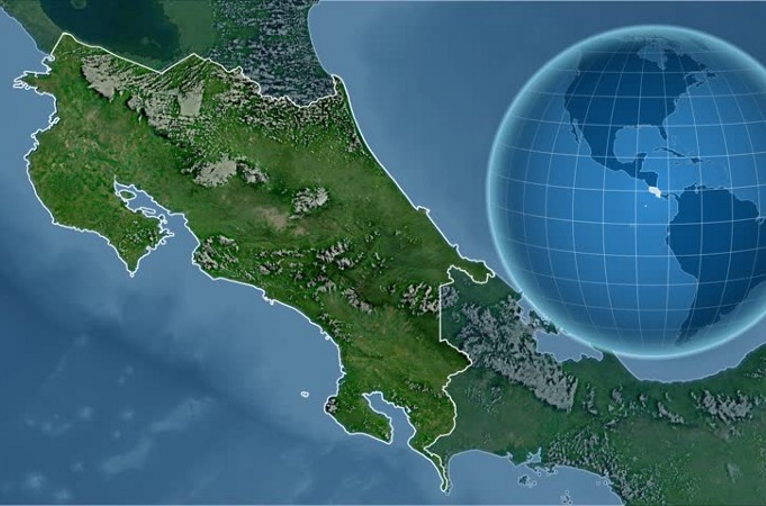In the business world, there is an obsession with scaling. Investors repeatedly ask “How are you going to bring your idea to scale?” Environmentalists often ask a related question by seeking to change the minds of large audiences — by increasing awareness of ecological problems in the hope that this will lead to policy actions in the future.
Missing from most environmental policies is the question of scale. How DO we get environmental solutions to scale up from local to global? I have explored this question in the context of cultural evolution research where a powerful framework exists that is known as multi-level selection. Briefly summarized, it goes like this:
“Selfishness beats altruism within groups. Altruistic groups beat selfish groups. The rest is commentary.”- David Sloan Wilson, Evolutionary Biologist
Note how the behavior of individuals at one scale (an isolated group) relates to the strategic impacts for how they relate to other scales (interactions among multiple groups). The insight from multi-level selection is that we have to look at the evolutionary patterns at multiple scales to see how each level interacts with the others.
Applied to environmental problems — as done brilliantly here by Timothy Waring and collaborators — it becomes clear that the social structures within a human society will strongly influence how policies are adopted and at what scales they can be effectively implemented.
In a society that strongly emphasizes the role of the family, social norms among those who are related to each other will be a powerful level for engagement. Contrast this with a society that has weak community ties (such as the United States where most people don’t know their neighbors and move far from family for employment) and it makes little sense to focus on families to get policies implemented.
The same kind of thinking can be applied in the opposite direction as well. Ask yourself which social structures are best suited to solve an environmental problem and see how you might contribute to changing the society itself such that the issue becomes tractable. This is where the bioregion concept really shines through.
Bioregions are geographic areas defined by the intersection of ecosystem boundaries — typically things like watersheds, mountain ranges, and so forth — with human systems that have a coherent cultural identity. The Cascadia Bioregion exemplifies this well. It is the area including northern California, Oregon, Washington, and southern British Columbia that nestles around the Cascade Mountain Range. People living in this region tend to share similar sensibilities and affinities related to life in dense forests with cascading rivers that flow from the tectonically formed landscape… including a strong influence from volcanoes and glaciers over long spans of geologic history.
The thing about a bioregion is that it is largely defined by ecological functions in the landscape, yet is also broadly coherent as a shared cultural identity among otherwise diverse populations of people. In this way, it is a social structure that connects local activities with regional-scale planetary dynamics. Thus the bioregion is a scale at which to functionally manage the relationships between local and global.
In a time when threats loom around water scarcity, extreme weather events, droughts and wildfires, degradation of forests, and disruptions to food production, it becomes urgent that human communities learn how to reorganize themselves in ecological terms. This is why we must design our bioregions — it is the only way to functionally link global risks with manageably local frameworks of collaboration.
It may be helpful to keep in mind that design is merely the application of knowledge and tools with a clear intention about addressing some kind of problem in the world. Environmental problems require design thinking in order to be solved. We are already seeing that the most ambitious actions on global warming are being taken by cities around the world. At smaller scales, there are growing numbers of regenerative projects that include reforestation efforts, soil carbon capture, organic food production, and cleanup of pollutants.
Yet neither of these is organized (yet!) around bioregional structures.
Add that nation-states are proving to be ill equipped to deal with global challenges. The level-of-selection where they operate has been weakened by internal divisions among groups within their populations. As stated above, “selfishness beats altruism within groups” and so there needs to be a way to create strong group-level cooperation that transcends beyond these divisions.
Ecosystems that are measured and defined as functional landscapes provide an essential scale at which to cultivate cooperative groups. This is exactly what my collaborators and I are doing now. We are forging cooperative relationships among forward-thinking cities and regenerative projects on the ground in order to cultivate the social structures that map to vital ecosystems in need of restoration.
You can get involved by joining the Regenerative Communities Network — where we are doing our part — or look for regenerative projects on your own and plug into a bioregion that you love. You might also consider coming to a workshop I will host in Costa Rica on bioregional design if this topic really calls to you in these urgent times.
My intention in writing this essay was simply to connect a few of the dots between cultural evolution research and the management of human affairs in the context of our rapidly changing planet. I encourage you to get involved and learn how to support ecosystem restoration while building the human communities capable of managing regional affairs in the rest of this century and beyond.
Onward, fellow humans.





